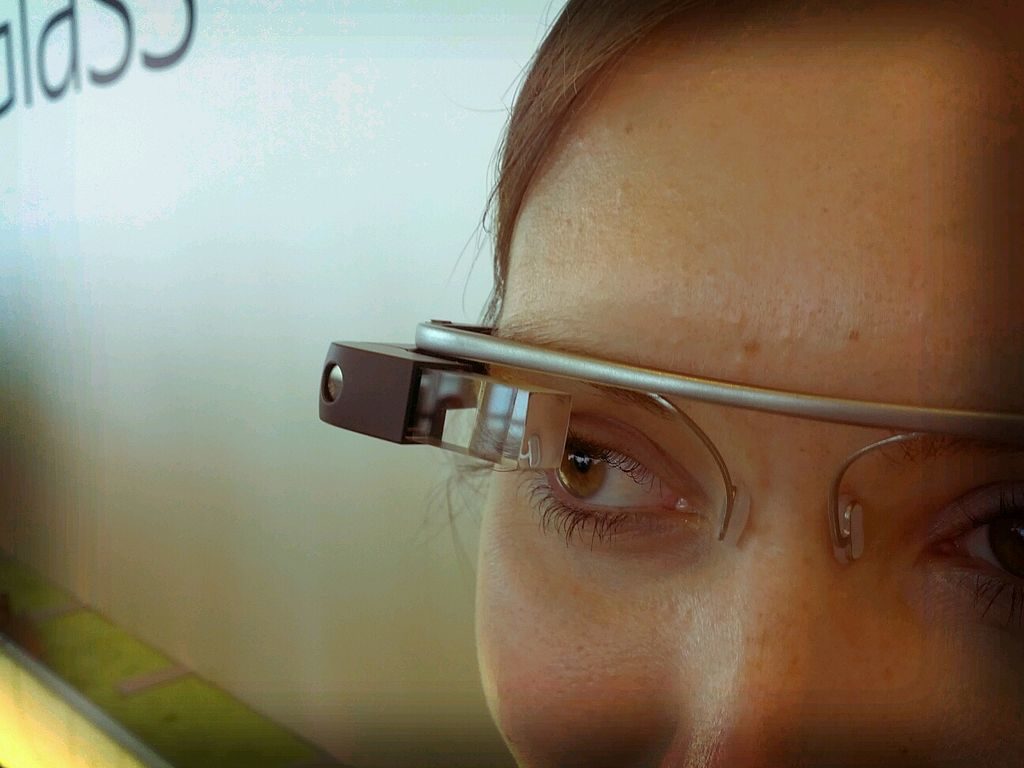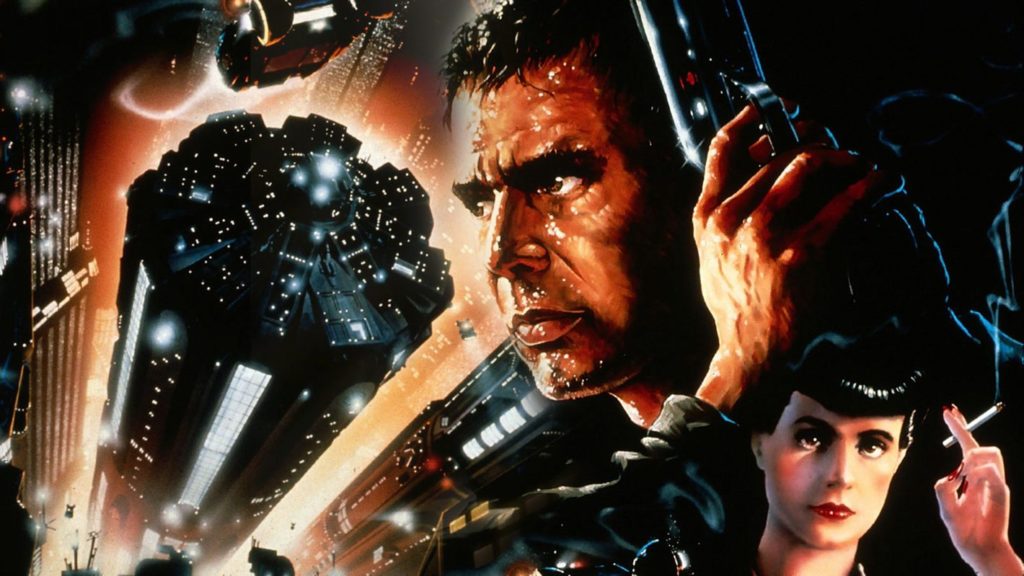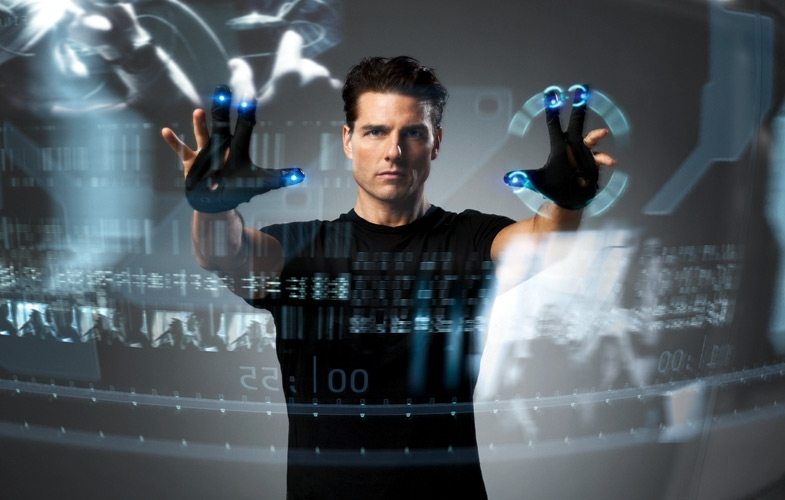It seems like every couple of months a new “where is WordPress headed?” or “What’s the future of WordPress?” style article pops up. And it makes sense. WordPress is a dynamic creation. It’s been known to stretch its wings in fits and starts, making regular re-analysis worthwhile for those entrenched in the development mines.
These articles talk all about what the visual editor will look like after X, Y, or Z update. What new buttons will be added? What drag-and-drop elements will become enabled? These are worthy talking points, to be sure, but sometimes, I want to look far ahead; I crave a fantastic leap into the future where drag-and-drop will be old hat and new exciting means of interfacing with the WordPress dashboard will have been invented, implemented, and embraced by core.
I’m taking a far leap forward into Blade Runner-esque worlds where our pollution problems might be worse, the streets might be dirtier, but technology has surpassed our wildest imaginations. Well, maybe not our wildest imaginations, since that’s precisely what I’m asking you to do now, but a far-reaching look at what’s possible.
Sometimes casting aside the restrictions of probability can open us up to possibility. Not convinced? Entertain me. But first, a history lesson.
Visual WordPress So Far
When TinyMCE was first introduced to WordPress, it was a big deal. Prior to version 2.7, WordPress only featured an HTML view. After 2.7, those with just word processing experience could write and publish posts. It was a real game changer. Unfortunately, with the exception of the addition of a few new buttons and tools, the editor hasn’t changed all that much.
There really hasn’t been all that much innovation in the visual editor. A front-end editor is in the works, which will change things dramatically. Instead of drafting posts in a semi-WYSIWYG mode, you’d be able to draft posts in a space that looks exactly like it will when published. It should definitely save you from previewing a gajillion times, at least. But we’re still a ways away from this new editor from being rolled into core.
Drag-and-Drop
An obvious future for WordPress editors is a drag-and-drop interface. This is already available to some degree within core. For instance, you can move elements around within the post to rearrange their order.
And even more options are available in plugin and/or theme format. There’s Visual Composer, Upfront, Divi, and VelocityPage, just to name a few. All of these plugins and themes allow you to drag-and-drop pages and posts to create them. They work by breaking apart your posts and pages into sections that you can then add modules to. This approach can be limited in that you might feel “boxed in,” but the end result can still be pretty impressive.
Of course you’re not going to get quite the same result as you would if the page were custom coded by hand — no current WYSIWYG editor is that precise.
And that’s exactly why I want you to walk with me down one of those filthy streets into the future for a moment to ponder what could be.
The Far Future of WordPress
What if what we traditionally associate with how we interact with WordPress (i.e. the dashboard) were eliminated? What if even the basic keyboard as we know it was to disappear? It poses some interesting questions about how one can interact with the content they create.
Interfacing is becoming increasingly touch-based. The rise of mobile is a well-established fact. It’s definitely not a far-reaching leap to imagine a WordPress where all the menus and edit tools are designed exclusively for touch-based interaction. Right now, the dashboard is touch-optimized to some degree, but it’s still mostly configured around using a cursor to point and click.
After touch exclusivity, it’s likely we’d see a rise in 3D manipulation. Apple just announced 3D touch for its latest iteration of the iPhone, which makes it so the phone can register how hard the user presses on the screen to trigger different menu displays. This is cool, but I’m talking more about actual 3D manipulation of on-screen graphics, Minority Report style. A virtual reality display that allows for total immersive content creation.
Much of Henry Case’s life is spent jacked into the virtual reality data space called the Matrix in Neuromancer. And whatever hacking gig he’s taken on, he completes it within this virtual space, manipulating and interacting with data using his body and mind.
While we’re certainly a long way away from any mass shared virtual reality experiences, the notion of VR interaction with a future iteration of WordPress isn’t so outlandish.
Just recently, the Google Glass experiment offered an additional layer of reality on top of our actual experiences called augmented reality, modifying and extending typical human experiences into optimized ones.

Content creation would no longer be a matter of clicking or touching buttons on a visual editor. It would instead be created through voice and gesture commands.
The future of WordPress may very well be as hands-off as you can imagine, and arguably more intuitive than ever before.
Virtual WordPress (or the Internet in general) is still a long time from becoming a thing, but it’s fun to speculate, to ponder. Because if I’ve learned anything from reading and watching science fiction novels and movies, it’s that the best creative fiction in the genre has always, always predicted the technology to come.



2 Comments